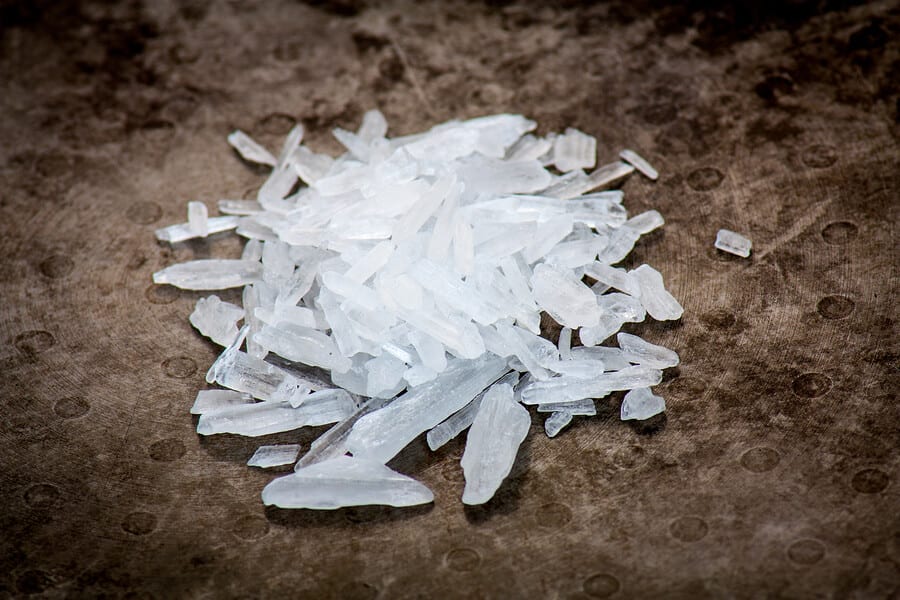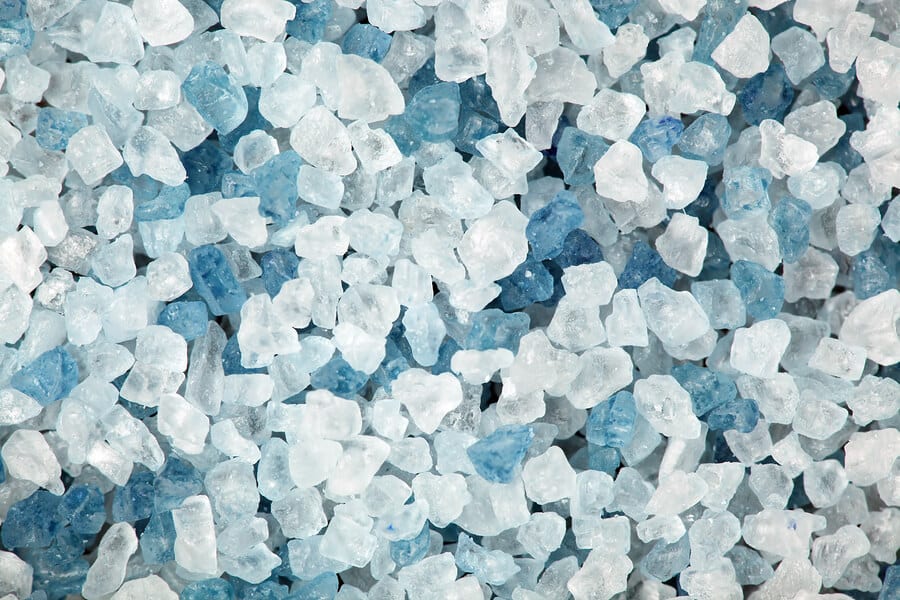
Top 4 Most Dangerous Drugs – Although no psychoactive substance is considered to be completely safe, under medical direction, most drugs are helpful for people with certain physical or mental health problems. Nearly every drug, however, carries some potential for abuse. The purpose of this article is to investigate the most dangerous drugs in the U.S. and the risks involved with using them.
Identifying the Most Dangerous Drugs
Two fundamental factors help us determine which drugs are particularly dangerous: 1. The amount of harm the drug can cause to the brain and body. 2. It’s potential for abuse and addiction. The following drugs are considered to be extremely dangerous for several reasons, including their ability to wreak havoc on a person’s life and well-being, as well as their propensity to result in addiction when abused.
The Top 4 Most Dangerous Drugs
#1 Heroin
Unbelievably there was a time not that long ago when heroin was routinely prescribed as a treatment for chronic pain. But because so many people could not regulate their use, the drug became illegal and is now classified as a schedule I controlled substance. Since its inception in 1874, it’s been one of the most commonly abused illicit drugs due to its intense euphoric effects and high potential for addiction. When heroin enters the system, it converts back to morphine, the opium alkaloid from which it is derived. The brain responds by producing a surge of neurotransmitters responsible for feelings of pleasure and reward. This action provides pain relief and induces a sense of euphoria, which becomes the basis of a person’s addiction. Conversely, when someone stops using heroin, their brain and body produce opposite effects, including depression and dysphoria, usually accompanied by very uncomfortable withdrawal symptoms.
#2 Cocaine and Crack Cocaine
Since crack is a form of cocaine with adulterants such as baking soda, the additional chemicals can make it a more dangerous drug than powder cocaine itself. Sometimes dealers combine crack with toxic ingredients. However, both forms of cocaine can have both short- and long-term hazardous effects. The following may be the long-term effects of crack and cocaine use:
- Brain damage
- Infectious diseases
- Irregular heart rate
- Increased heart rate
- Kidney or liver damage
- Gastrointestinal damage
- Permanently elevated blood pressure
- Respiratory problems and pulmonary damage
- Damage to the nose and mouth caused by snorting or smoking
- Myocardial infarction, due to a lack of oxygen resulting from reduced blood flow
- Angina, or chest pain due to constricting vessels and reduced blood flow to the heart
- Blood clots leading to heart attack, deep vein thrombosis, pulmonary embolism, or stroke
Also, because cocaine is a stimulant, the heart pumps faster during use, and this can cause a sudden heart attack or other overdose complications which have the potential to cause death. Cocaine and crack are very dangerous, and people can rapidly develop an addiction to them due to the intensity of the high and expedient onset of euphoric effects.
#3 Crystal Meth

Crystal meth is one of the most devastating drugs in the world. Short-term effects include anxiety and insomnia, while long-term effects include brain damage and damage to blood vessels. Since meth’s high can begin almost immediately and possibly persist for several hours, people tend to dose in binges to perpetuate the high for as long as possible. This kind of behavior is extremely dangerous, considering how consistently drugs are being put into the system, causing a great deal of physiological stress. Meth addiction can result in a variety of physical and psychological reactions. The following are common symptoms of meth addiction:
- Sudden or severe weight loss
- Extreme sweating
- Irregular breathing patterns
- Nosebleeds
- Sores that are slow to heal
- Injection “track marks”
- Severe dental decay (meth mouth)
- Bad breath
- Premature aging of the skin
- Paranoia
- Delusional beliefs
- Hallucinations
- Anxiety and nervousness
- Agitation and fidgeting
- Depression
- Mood swings
- The sensation of bugs crawling on skin
- Sores caused by picking at skin
#4 Bath Salts
“Bath Salts” is a term coined for a drug derived from cathinones, active ingredients in the khat plant. There hasn’t been much research conducted on bath salts so we do not fully understand the effects it can have on the body for either short- or long-term use. However, some of the consequences of taking bath salts include the following:
- Agitation
- Chest pains
- Delusions
- Extreme paranoia
- Increased blood pressure
- Increased heart rate
Also, there’s been an alarming rate of ER visits due to the use of bath salts. This drug is clearly dangerous in of itself, partially because there’s so little known about it and those who use it are facing risks that may be unknown.

Bonus: Krokodil
Krokodil hasn’t been found widely in the United States yet but is spreading rapidly through Russia, and has affected more than a million people. Reports indicate, however, that krokodil has also been found in Utah, Arizona, and Illinois, and that its use may be increasing. Krokodil is one of the most addictive drugs and has become more prevalent due to its low price – about a third the cost of heroin. Among the many dangers associated with Krokodil is that it’s often homemade, similar to meth, and can include a variety of highly-toxic ingredients, including, but not limited to, the following:
- Gasoline
- Lighter fluid
- Industrial cleaning agents
- Iodine
- Paint thinners
- Painkillers/codeine
Many people who use krokodil administer the drug through infection. This method of use has caused some of the following severe reactions to occur very soon after people becoming addicted to the drug:
- Gangrene
- Phlebitis, injury to the veins
- Severe tissue damage
- Spread of HIV
Medical help is often received too late, if at all, and addicts can end up suffering from a wide array of painful and deforming effects, including the following:
- Bone infections
- Tissue mutilation
- Decayed facial bones and jaw structure
- Skull and forehead ulcers
- Liver and kidney damage
- Decaying lips, noses, and ears
Basics of Addiction Treatment
Persons suffering from addiction to any of the aforementioned drugs are urged to seek professional treatment as soon as possible. Upon entering a treatment center, patients can expect to be provided with the following services: 1. A medical evaluation in which the individual will be drug-tested and asked a large assortment of questions related to the person’s psychosocial history and patterns of substance abuse. The purpose of this is to collect information about all aspects of the patient’s current condition as a means to identify the most effective treatment options. 2. Medical detox, a clinical process in which the body rids itself of the drug while the person receives around-the-clock care from health and addiction professionals. Medical supervision is critical during this time as there are many risks associated with withdrawal from certain drugs. 3. Psychotherapies can help identify and treat underlying issues that contribute to or are brought upon by drug use. These therapies are designed to teach patients how to handle common emotions and life stresses without drug use, and to help patients manage and improve their response to cravings. 4. Pharmacotherapy (medication) can relieve the symptoms of withdrawal and reduce cravings. 5. Psychoeducational sessions can inform patients of the dangers associated with drug use and how to prevent relapse. 6. Aftercare services can provide additional support to help maintain long-lasting sobriety. Harmony Recovery provides clients with the tools and support they need to achieve abstinence, prevent relapse, and experience the healthy and fulfilling life they deserve. Call us today to find out how we can help you begin your path to recovery!